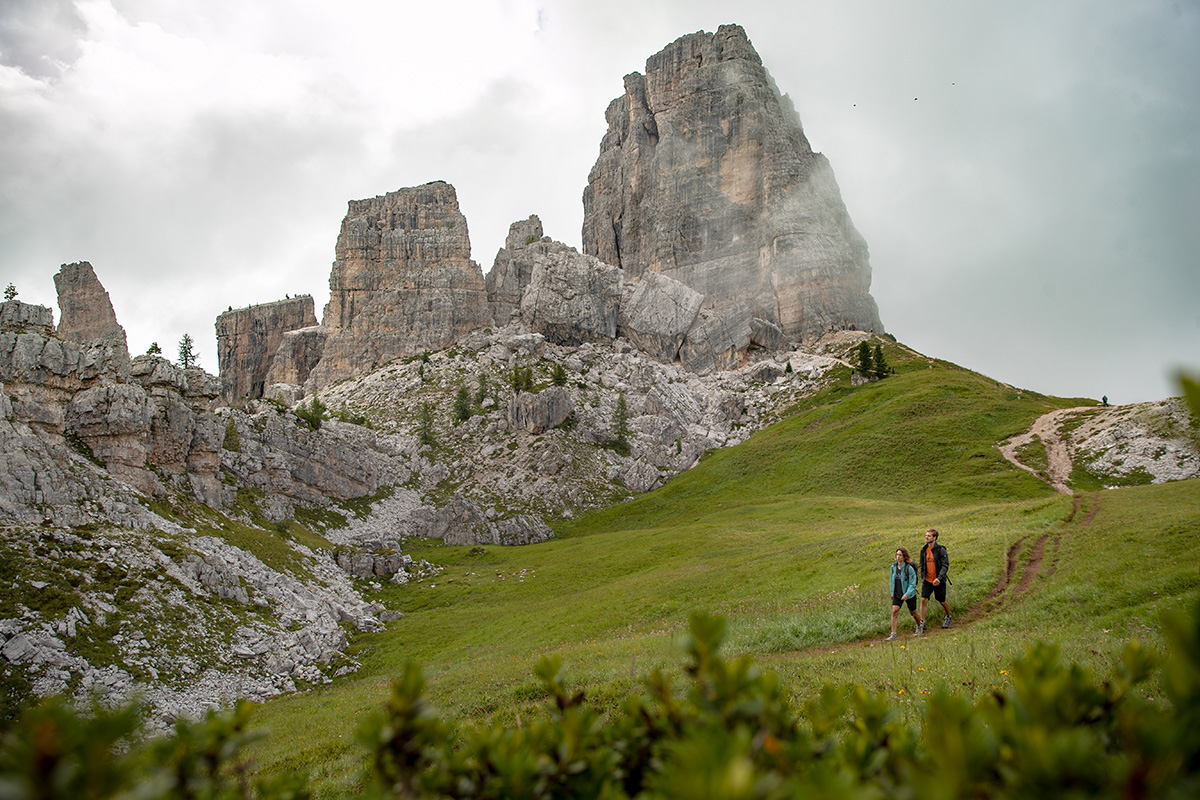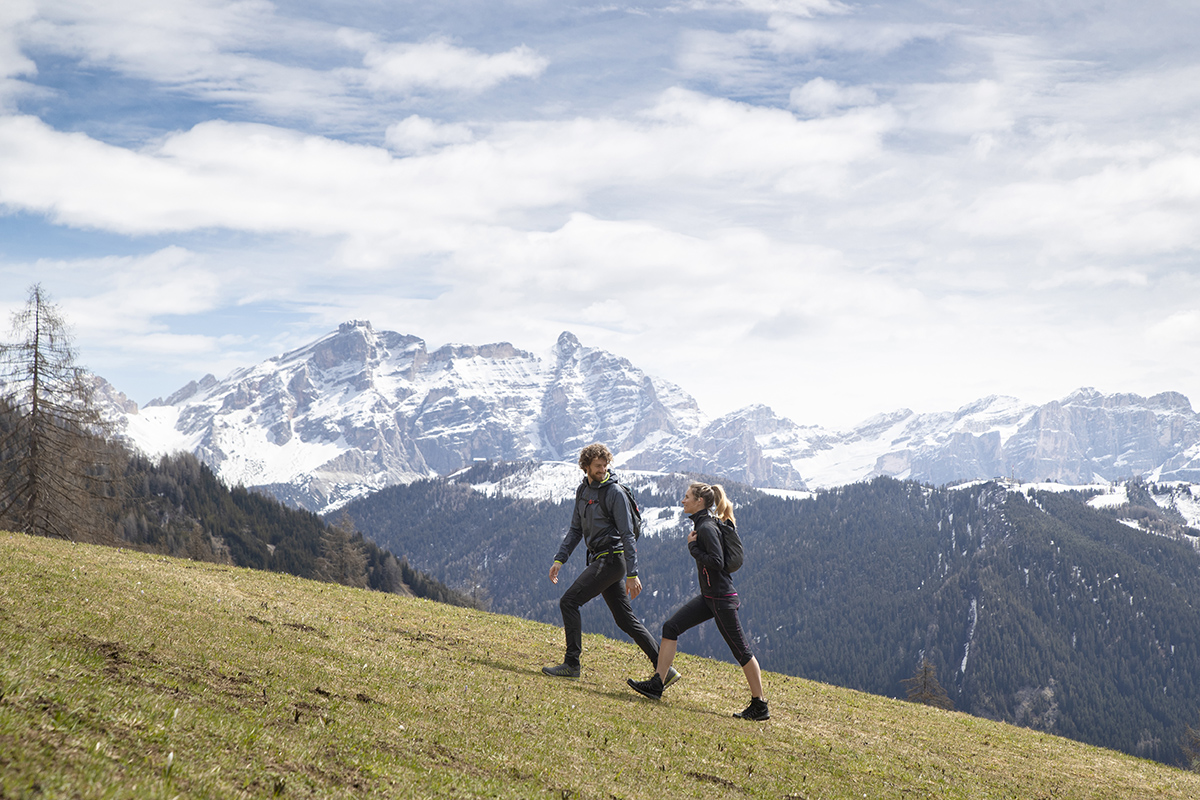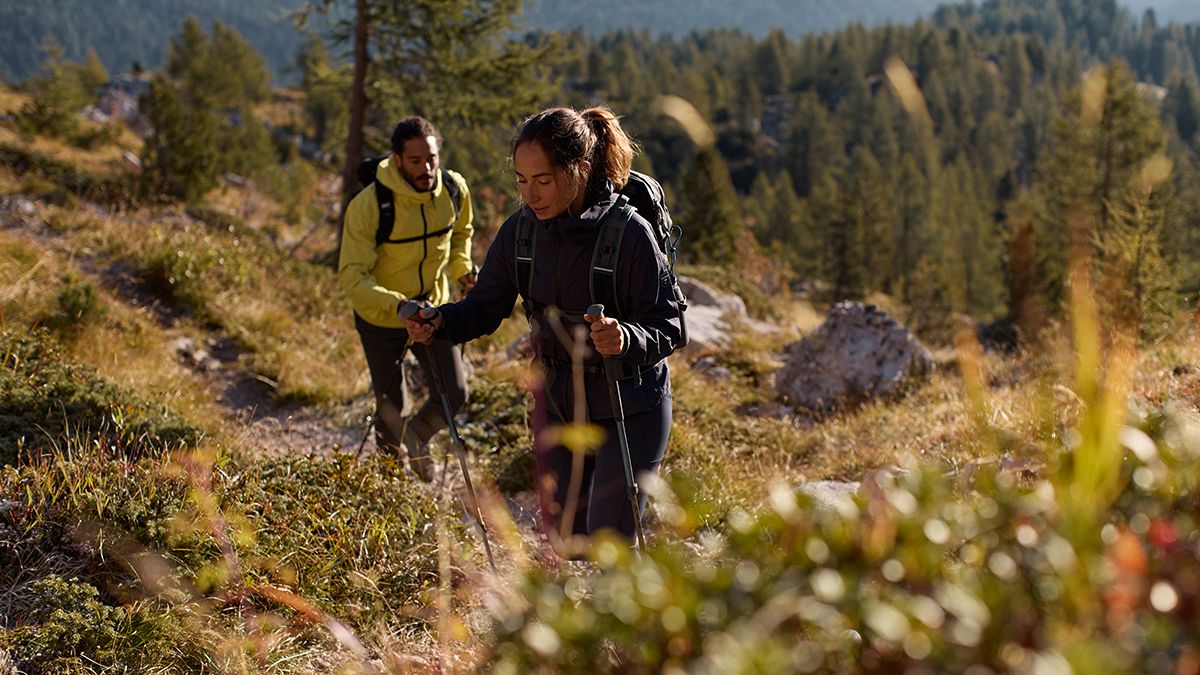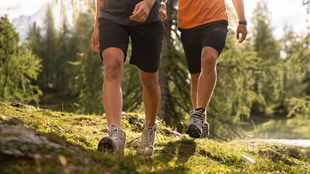Walking: let’s explore the benefits and techniques
Walking is something we think we know how to do perfectly; it is such a mundane and natural movement that we pay absolutely no attention when performing this extraordinary exercise. We simply get up and go and the fact that we possess two limbs as strong and sturdy as legs makes everything seem obvious and self-evident. Walking however is an extraordinary exercise in which several factors come into play and interact.
Mobility, coordination and balance.
The various motor aspects that combine in walking undoubtedly include: mobility, coordination and balance. Mobility is the capability of our joints allowing our body to move freely with flexibility; coordination has the function of synchronising the various stages of movement; and lastly balance is the point where all the mass of our body is concentrated which, while walking, moving continuously, must be constantly controlled.

Walking is like medicine
Walking is such a powerful activity that provides us with many health benefits: walking helps to strengthen the heart, it regulates blood pressure and lowers the pulse rate. It also positively affects mental health by helping the nervous system to relax and recover from all the negative stimuli of our most hectic daily lives. People who walk are more creative, have more efficient memories and create an intimate rapport with the natural environment.

How to regain this innate ability
Walking is a skill we are born with. The act of walking evokes an important part of our evolution, based for a long period of time on nomadism. No one taught us to walk yet we learnt by necessity, on our own, without knowing how or why. Unfortunately however, over recent years, modern man, in the grips of an increasingly sedentary lifestyle, has somehow lost many of his skills relating to the ability to walk efficiently. So let’s see what we can do to return to making the best use of our lower limbs.

A few tips to improve walking technique
First of all, we need to change the way we think and try to view walking as we would any athletic activity. Even walking requires knowledge of the fundamentals and an understanding of the basic dynamics. On a practical level, we conclude with some tips you can put into practice straight away to train and experiment with so you can improve your walking technique and make it efficient:
- Work on your centre of gravity: this point is located roughly between the sternum and the pelvis. The lower it is, the greater the stability of the body; try and focus on it so you can learn how to manage it.
- Develop proprioception, in other words, the ability to perceive the position of the body in space. This can be done by trying to maintain balance whilst walking on uneven paths.
- Adjust your stride: short strides enable balance to be managed better and reduce energy expenditure.
- Use your sight and torso to direct your movements, as you would a rudder.

Choosing footwear
For easy, well-beaten paths or for parks and city pavements, choosing walking shoes that provide comfort, light weight and reliability is a key consideration: combined with these valuable tips, it will help us set out on all our adventures and journeys “on the right footing”.
Find out about our selection of walking shoes here.
Author: Davide Canil (Kalipè Trekking)







